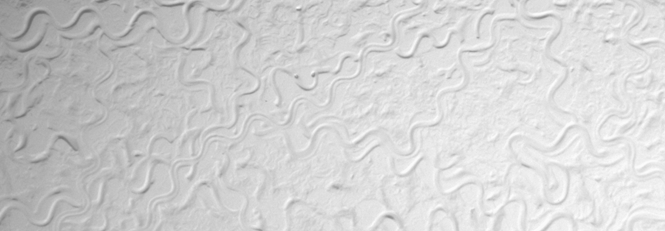
Home
Welcome to the lab website!
The laboratory of bioanalytical chemistry develops novel analytical techniques to decipher the ecology and evolution of small molecule signaling and secondary metabolism in nematodes (roundworms).
“In short, if all the matter in the universe except the nematodes were swept away, our world would still be dimly recognizable, and if, as disembodied spirits, we could then investigate it, we should find its mountains, hills, vales, rivers, lakes, and oceans represented by a film of nematodes. The location of towns would be decipherable, since for every massing of human beings there would be a corresponding massing of certain nematodes. Trees would still stand in ghostly rows representing our streets and highways. The location of the various plants and animals would still be decipherable, and, had we sufficient knowledge, in many cases even their species could be determined by an examination of their erstwhile nematode parasites.” (Nathan Augustus Cobb, 1915).
Prof. Stephan von Reuss
Office E17 (Building G, 3rd floor)
Avenue de Bellevaux 51
2000 Neuchâtel